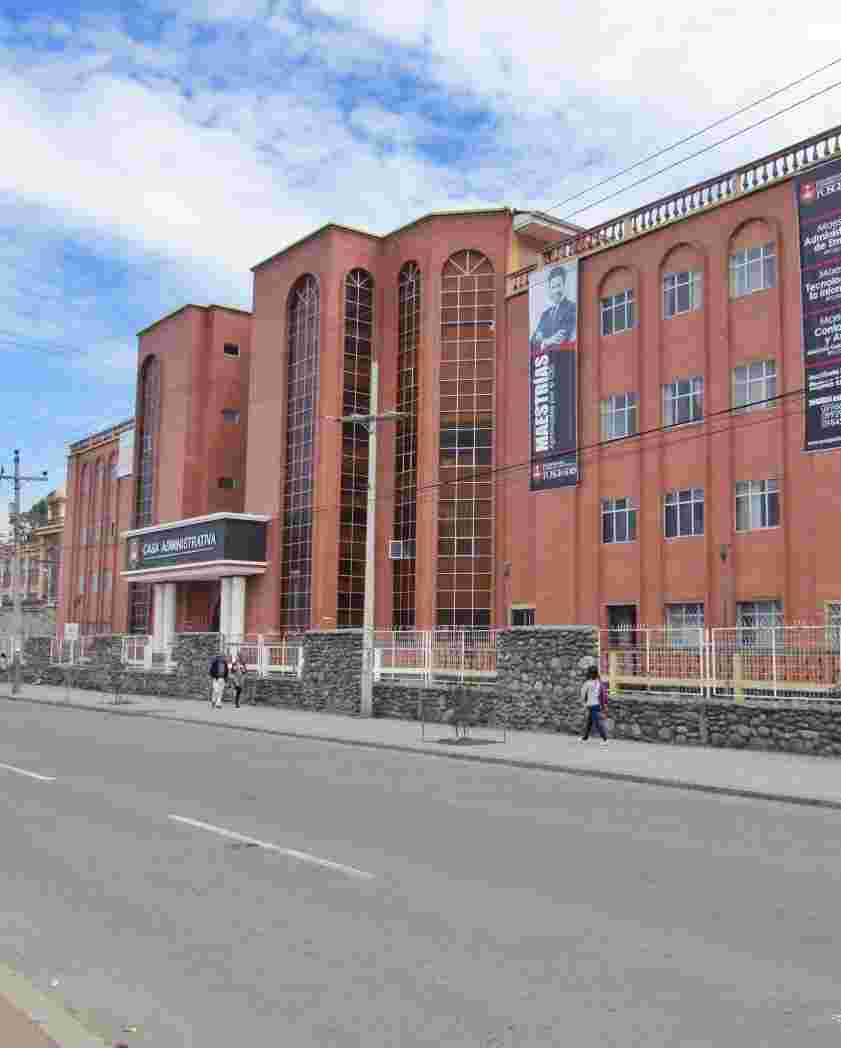Aislamiento, caracterización e identificación de bacterias pigmentadas que participan en procesos de biodeterioro del Compleo Arqueológico Ingapirca
Cargando...
Fecha
Autores
Título de la revista
ISSN de la revista
Título del volumen
Editor
Universidad Católica de Cuenca.
Resumen
Introduction: Among the most frequent alterations of archaeological monuments we can highlight the degradation of the stone material due to its use as a source of nutrients by microorganisms, and the deterioration caused by the production and accumulation of secondary metabolites, such as organic acids.
Objective: To identify pigmented bacteria that are part of the communities of microorganisms that contribute to the biodeterioration of the Ingapirca Archaeological Complex.
Methodology: Observational study, in which samples obtained from the rock structure of the main monument of the Ingapirca Complex were cultured. Microbiological techniques were used to isolate and characterize these strains, and Molecular Biology and Bioinformatics to identify and classify them.
Results: Bacterial isolates with diverse pigmentation, shape, and texture were obtained. Most of the strains are psychrotolerant and can dissolve minerals at low temperatures. The bacterial isolates belong to three phyla, where the most represented were the actinobacteria. Phylogenetic relationships between the isolated strains could be established.
Descripción
Introducción: Entre las alteraciones más frecuentes de los monumentos arqueológicos podemos destacar la degradación del material pétreo debido a su utilización como fuente de nutrientes por los microorganismos, y al deterioro provocado por la producción y acumulación de metabolitos secundarios, como los ácidos orgánicos.
Objetivo: Identificar bacterias pigmentadas que forman parte de las comunidades de microorganismos que contribuyen con el biodeterioro del Complejo Arqueológico Ingapirca
Metodología: Estudio de tipo observacional, en el que se cultivaron muestras obtenidas de la estructura rocosa del monumento principal del Complejo Ingapirca. Se emplearon técnicas de Microbiología para aislar y caracterizar estas cepas, y de Biología Molecular y Bioinformática, para identificarlas y clasificarlas.
Resultados: Se obtuvieron aislados bacterianos con diversa pigmentación, forma y textura. La mayoría de las cepas son psicrotolrantes, y tienen la capacidad de disolver minerales a bajas temperaturas. Los aislados bacterianos pertenecen a tres filos, donde el más representado fueron las actinobacterias. Se pudieron establecer las relaciones filogenéticas entre las cepas aisladas.
Palabras clave
Biodeterioro, Bacterias heterótrofas, Psicrotolerancia, Biolixiviación




